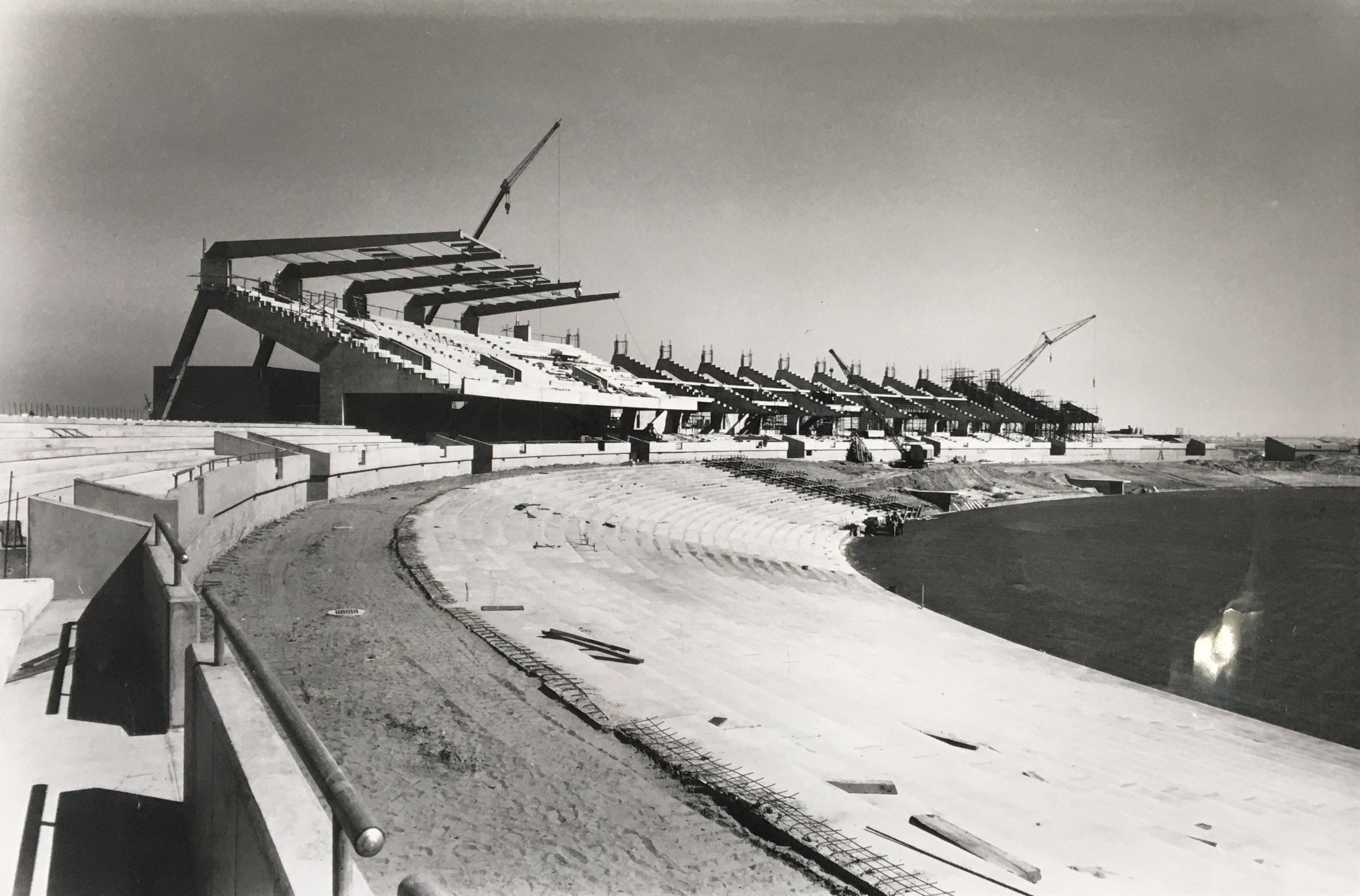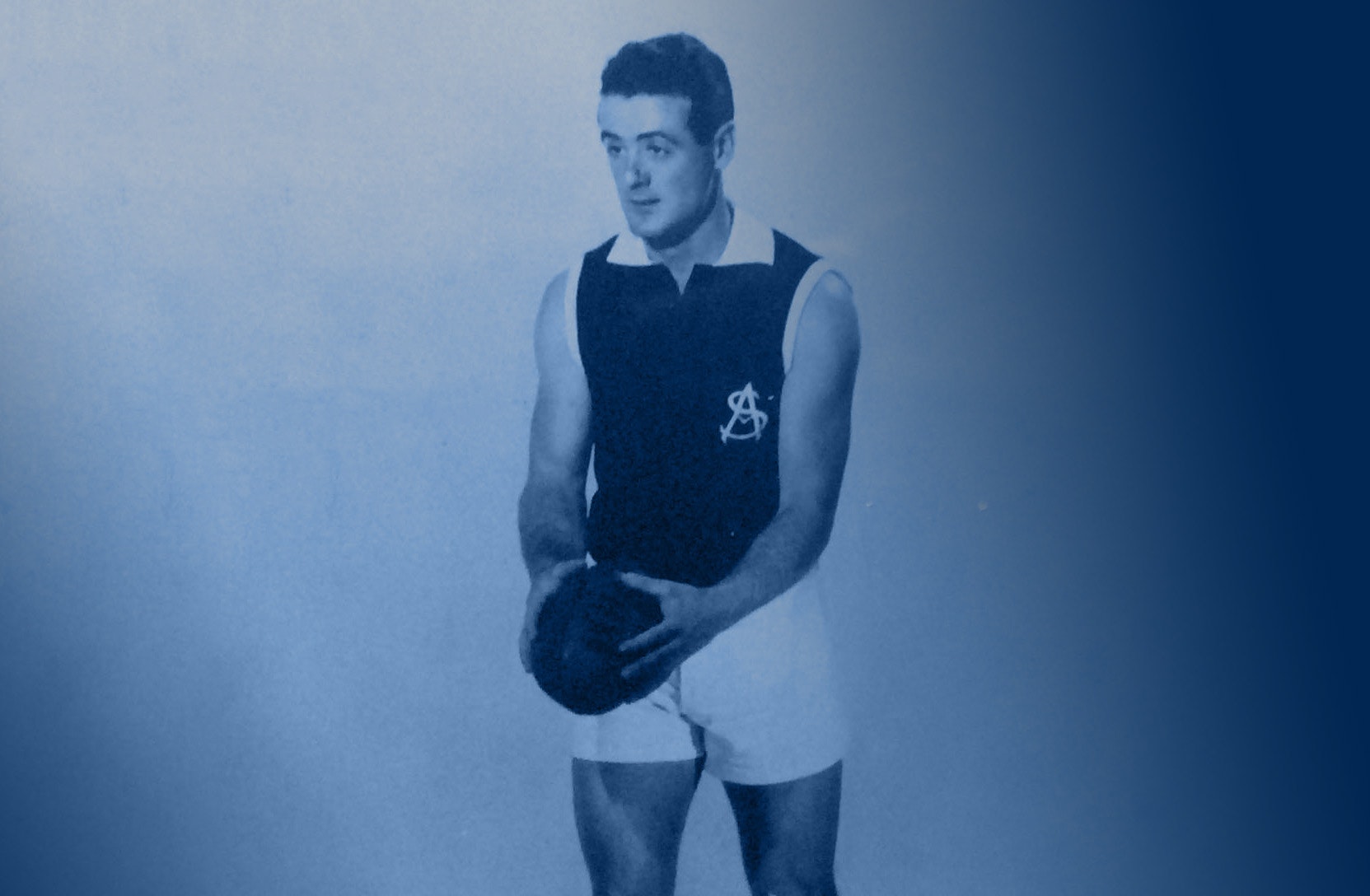
Football Park 50 Years – Home Away From Home
By PETER CORNWALL
It was built on swamplands in a desolate coastline area. Football Park was talked about like it was miles from anywhere and photos of its early development reveal why people thought like that, yet it was situated just 13 km north-west of Adelaide.
It was known for the cold, windy, wet weather that could decide a game and dampen the spirits of the most hardened footy fan.
A vast concrete bowl with next to no cover, supporters who took on the elements standing in the outer in its debut season in 1974 dubbed it ‘Pleurisy Park’.
But it wasn’t long before it became an integral part of life in SA. When about 80,000 fans rocked up to see Sturt shock Port Adelaide in the 1976 grand final it clearly had proved its value, and its acceptance, as SANFL’s headquarters.
The State’s biggest sport finally had a home of its own, securing independence from cricket that had for so long ruled the way at Adelaide Oval.
As stands grew, seats filled the outer and comfort levels soared it became a home away from home for fans. But nothing came easy.

Football Park under construction in ‘the middle of nowhere’ before its opening in 1974.
Lighting to usher in the crucial new era of night footy brought opposition from local residents who had moved in after the arrival of Football Park and it took five years and a Royal Commission before the ground finally lit up.
Footy Park’s powerful floodlights propelled a wonderful era of exciting State-of-Origin footy firmly into the spotlight, the bumper crowds and electric atmosphere of the 1980s still fondly recalled decades later.
AFL footy and the Crows arrived with a bang in 1991, Port Adelaide following in 1997.
By the time what was then known as AAMI Stadium closed the gates after its last game, the 2013 SANFL grand final won by Norwood against North Adelaide, there was plenty of sadness and innumerable fond memories. It was the end of a remarkable era of SA football.

Footy Park has come a long way in eight years – the packed ground for the 1982 Norwood-Glenelg grand final in the flourishing suburb of West Lakes.








